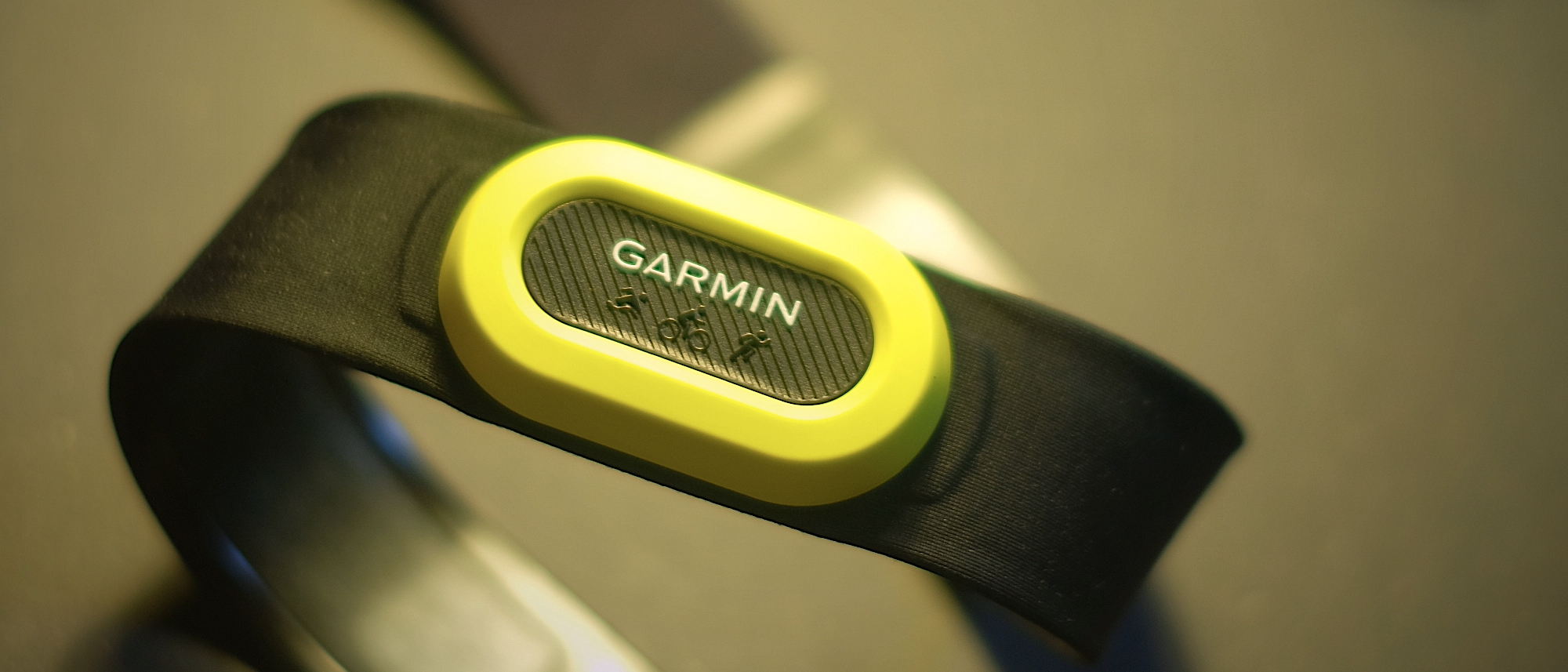TechRadar Verdict
How exciting can a heart rate strap be? Perhaps only ever moderately. Still, with the ability to connect to multiple devices via Bluetooth and ANT+, capture insights into your running form, and store workout data to its internal memory, the Garmin HRM-Pro is about as exciting as they come. The most advanced heart rate strap Garmin produces, the HRM-Pro is designed for multi-sport use. It’s also one of the most expensive options available. Probably of greatest interest to existing users of Garmin smartwatches, there are just enough clever features for the rest of us to make it worth considering too.
Pros
- +
Bluetooth and ANT+ connectivity
- +
Inbuilt storage
- +
Running metrics
Cons
- -
Some features limited to Garmin watch owners
- -
Expensive
Why you can trust TechRadar
Two-minute review
The HRM-Pro does quite a few clever things that the average chest strap heart rate monitor doesn't. Chiefly, its internal storage makes it good for those that don’t want to wear a watch all the time or are keen to gather heart rate data while they swim. Its ability to maintain Bluetooth and ANT+ connections also mean it’s happy working with elaborate systems involving multiple devices or apps. Something that’ll appeal to Zwift users.
However, if you don’t have a recent Garmin watch the extent to which the HRM-Pro is undercut by rivals like the Wahoo Tickr X makes it an expensive option. That said, if you’ve got a compatible Garmin watch and you’re keen to get the extra Running Dynamics metrics, it’s a much more attractive option.
There’s also the futureproofing inherent to having something that connects so easily and can store data. Either way, the HRM-Pro justifies its price tag - just check that its feature set isn’t overkill for your needs.
Why do I want one?
Not as unobtrusive as the optical sensors you’ll find in the back of many sports watches, an electrocardiogram strap remains the only way to get a really accurate measurement of your heart rate, meaning even if your smartwatch already ‘does’ heart rate you could still benefit from syncing one to it.
Pretty much standard for serious athletes, formerly this need to connect a heart rate strap to a further device to record its data has been one of their drawbacks. Leaving runners, cyclists, and other athletes stuck carrying a smartwatch, bike computer, or phone, the Garmin HRM-Pro is one of a newer generation of heart rate monitors that includes an internal memory function. Recording 18 hours of data before overwriting again from the beginning, this means you can wear the strap by itself before later syncing your data to a range of devices.
Essential for athletes who can’t wear a watch or carry a phone, once back in range of either, any metrics captured get beamed up, leaving them viewable via Garmin’s Connect app. A great way to get insight into how hard you’re working, not only will the app grab your heart rate data, but it’ll also count steps taken, along with estimating distance and calories burned.
As such, leaving the HRM-Pro on all day, it’s also possible to use as an activity tracker. However, given its slightly constrictive nature, this is unlikely to be a popular option for more casual users. At the same time, it’ll work exactly like a normal heart rate strap if left connected to whatever device you choose. In short, the HRM-Pro gives you a lot of options when it comes to recording your ticker.
User experience
Once strapped on, the HRM-Pro got off to a good start by pairing with everything I pointed it at, happily latching onto an iPhone, smartwatch, and even a normally extremely cantankerous bicycle computer. With the ability to maintain two concurrent Bluetooth connections and an unlimited number of ANT+ ones, data-junkies will be able to pair it to multiple apps and devices simultaneously - good news for anyone using online training platforms like Zwift.
With connectivity rarely an issue nowadays, it was still pleasing to find the HRM-Pro never once cut out. Similarly, although accuracy between electrocardiogram straps is pretty negligible, it seemed to never miss a beat - an idea confirmed by leaving a separate system running alongside it while sitting on my static bike. A little harder to test, this appeared to be true for data captured by the internal memory rather than just that displayed live.
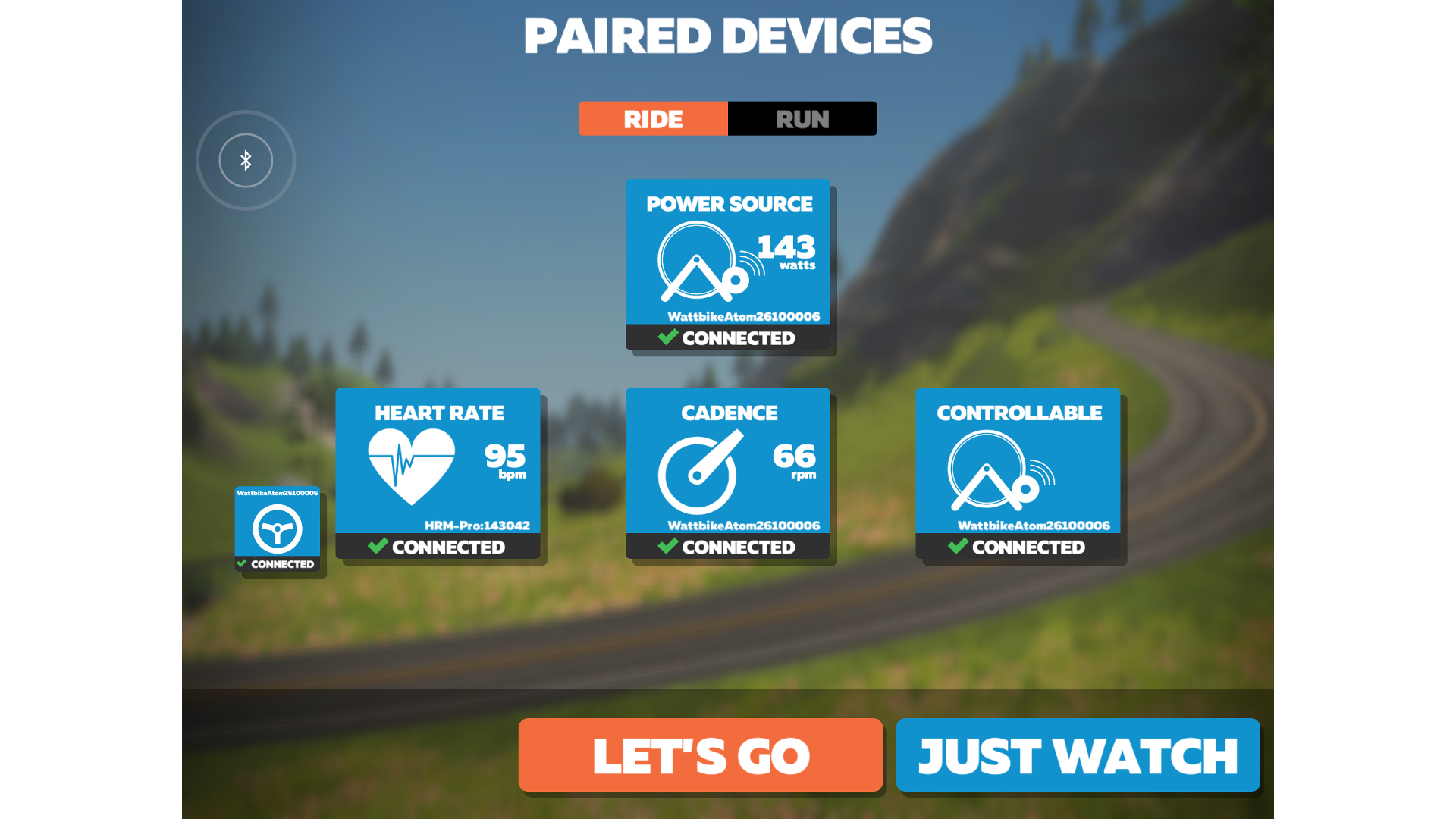
One group this is particularly good news for is swimmers. Although smartwatches with optical sensors now work in the pool, their accuracy tends to be pretty ropey. By comparison, straps give better accuracy, but so far no one has managed to get them to communicate with a watch underwater.
As a workaround, straps with onboard storage like the HRM-Pro allow swimmers to capture their data while in the pool, before offloading it to a watch or app later. It’s a clever trick. Yet with regards to the HRM-Pro, it’s one most of us are best saving for special occasions, as repeated exposure to chlorine will accelerate wear to the strap. Of course, if you’re lucky enough to live next to a lake or beach this isn’t going to be such a problem.
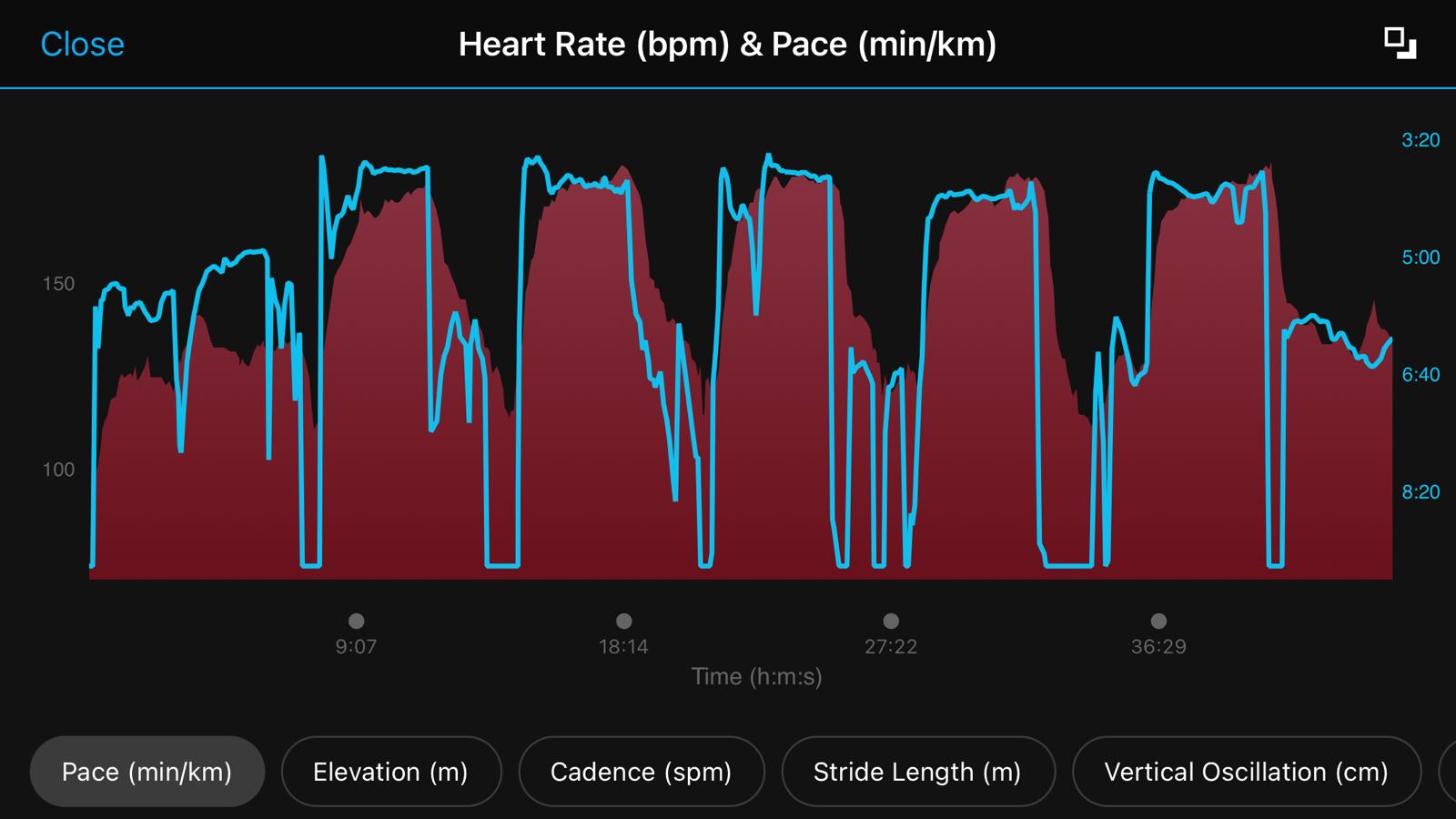
Running Dynamics
With both Garmin’s HRM-Swim and HRM-Tri straps also using an identical internal memory function, other brands like Wahoo and Polar also make similar products. That leaves the HRM-Pro’s advanced Running Dynamics ability as its true stand-out feature. However, it’s one that’s currently only accessible to owners of more modern Garmin watches.
If that's you, pairing the HRM-Pro strap will add metrics including cadence, vertical oscillation and ratio, ground contact time, and balance. For experienced runners, these are the sort of things that will help you check how well-put-together your form is, along with how well you maintain it throughout your run. It’ll also give an estimate of your running power; the level of effort you’re putting in regardless of changes to incline or terrain.
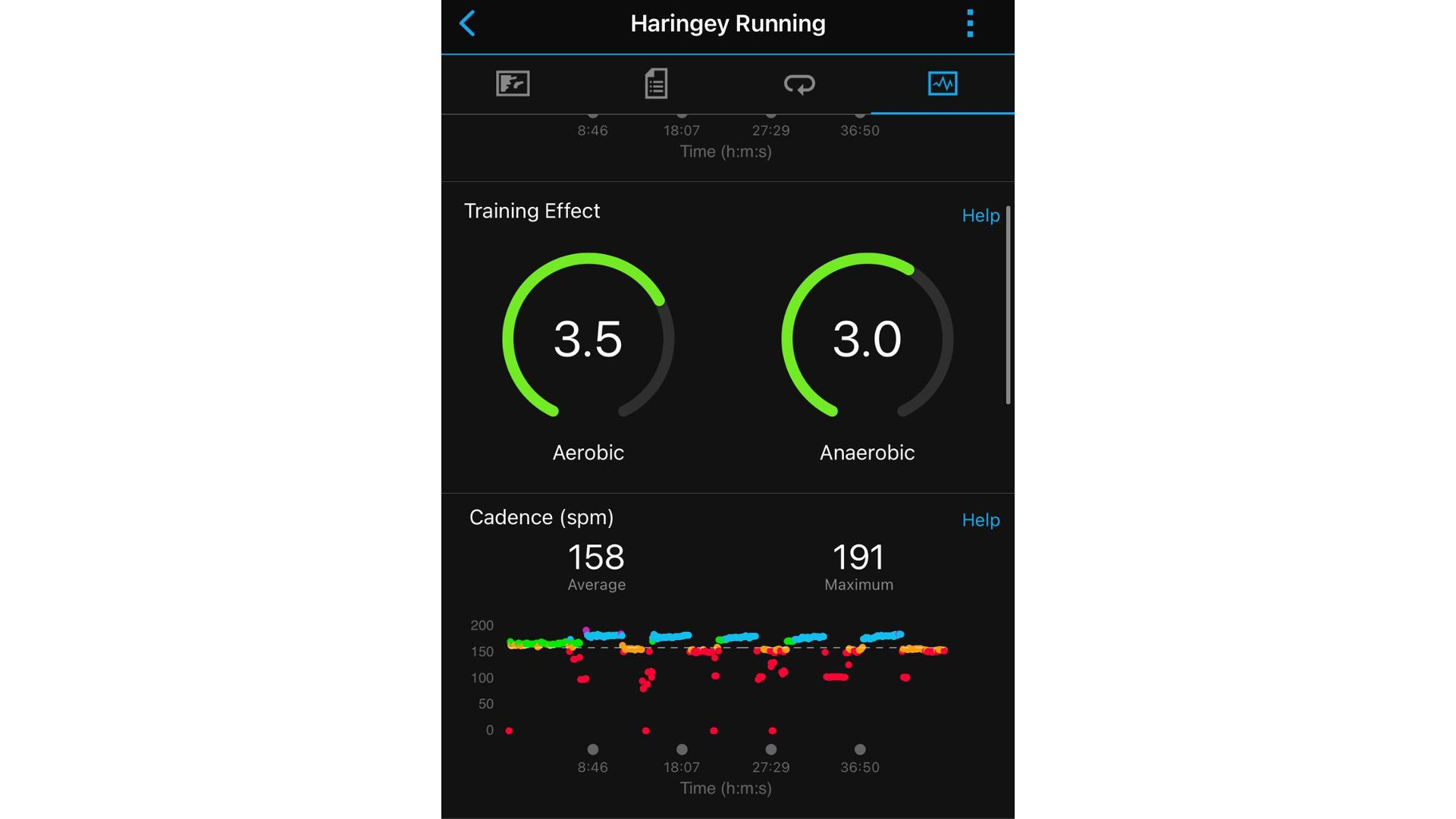
For serious runners these are pretty exciting features, and the sort of thing brands like foot-pod maker Stryd wants a significant amount of money for. This means to find them thrown in as an extra is awesome. At the same time, having them presented alongside your regular data on a single app is also very useful.
That said, unlike heart rate data, the Running Dynamics data captured by the HRM-Pro can’t be stored and reviewed later. That means you’ll need a compatible Garmin watch paired to process the additional information; there’s no way to access to it using only your phone.
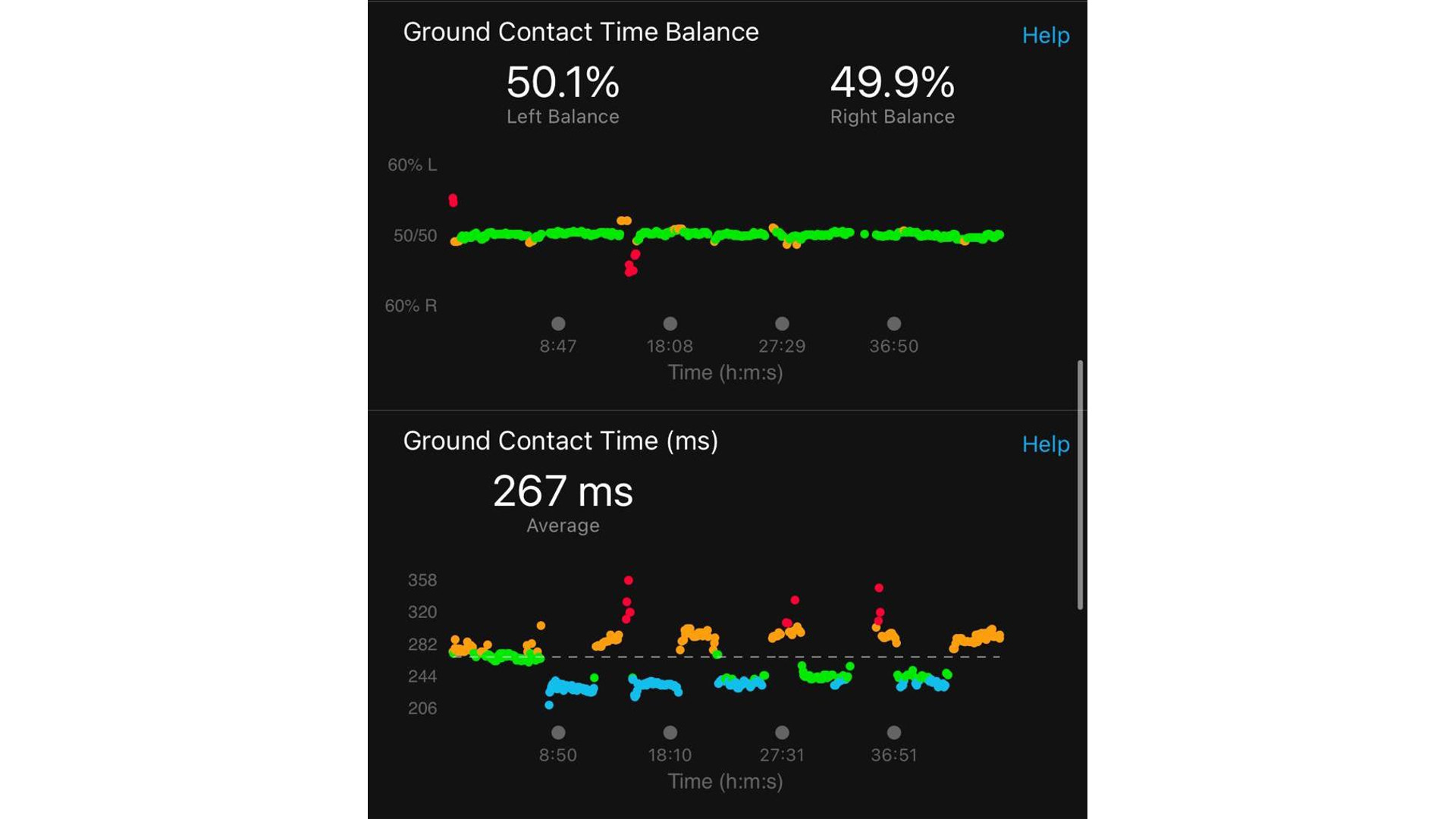
Design and battery life
A much as all heart-rate straps are all largely the same, the HRM-Pro looks pretty nice. With the smart bit of the unit integrated into the strap itself rather than being detachable, it’s also more-than-averagely robust.
Using a single CR2032 battery, this should last for around a year before needing to be replaced. With the charge remaining shown on the app there’s no reason to worry about finding it flat, while popping in a new battery is also relatively simple, being the sort of thing anyone with a small screwdriver and five spare minutes could achieve.
Buy it if
You're into heart rate training
A chest strap detects changes to your heart rate more quickly than a watch, which makes is a great tool if you're training by heart rate zones.
You want to learn more about your running form
The HRM-Pro does a lot more than just measuring heart rate, and can also give you data on stride length, ground contact time, cadence, and vertical oscillation.
Don't buy it if
You don't have a Garmin watch
You can access the HRM-Pro's essential features without a Garmin fitness tracker, but you'll need one of the company's watches in order to get full running metrics.
Swimming is your main sport
Repeated exposure to chlorine will cause the strap to degrade more quickly. It's fine now and then, but if you're taking a dip in the pool most days then the HRM-Pro might not be the best choice,
- We've rounded up all the best running watches and best running headphones

Former magazine editor and freelance writer Joseph Delves has written for publications including Lonely Planet, Cyclist, Rouleur, and FACT mag. A fan of various outdoor pursuits from hiking and climbing to swimming and cycling, he’s produced several hundred well-received reviews and a few somewhat less popular short stories. With a lax attitude to both training and reading instruction manuals, he’s a firm believer that technology should always make life easier and ideally more fun too.
